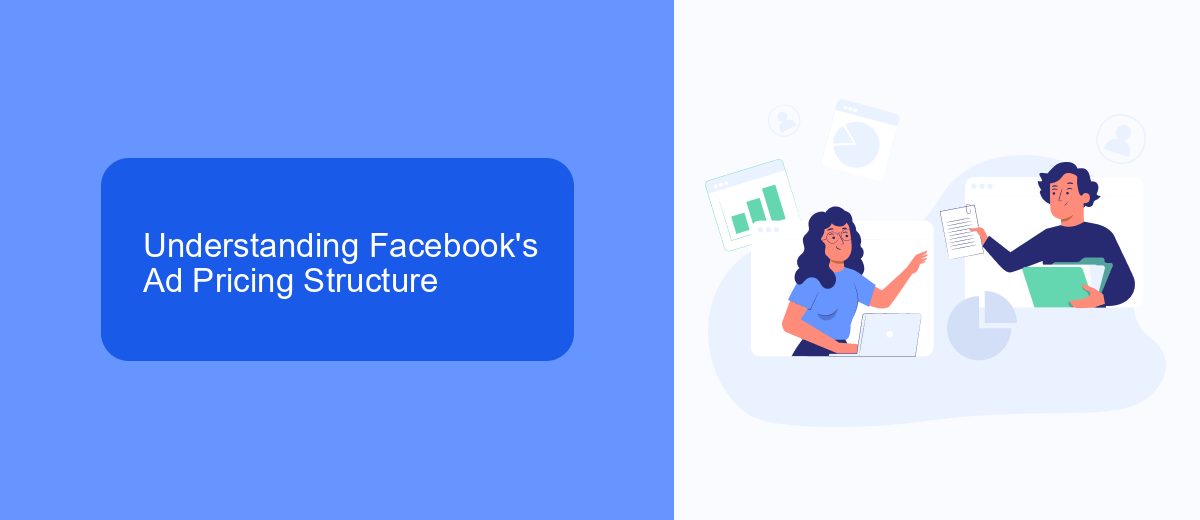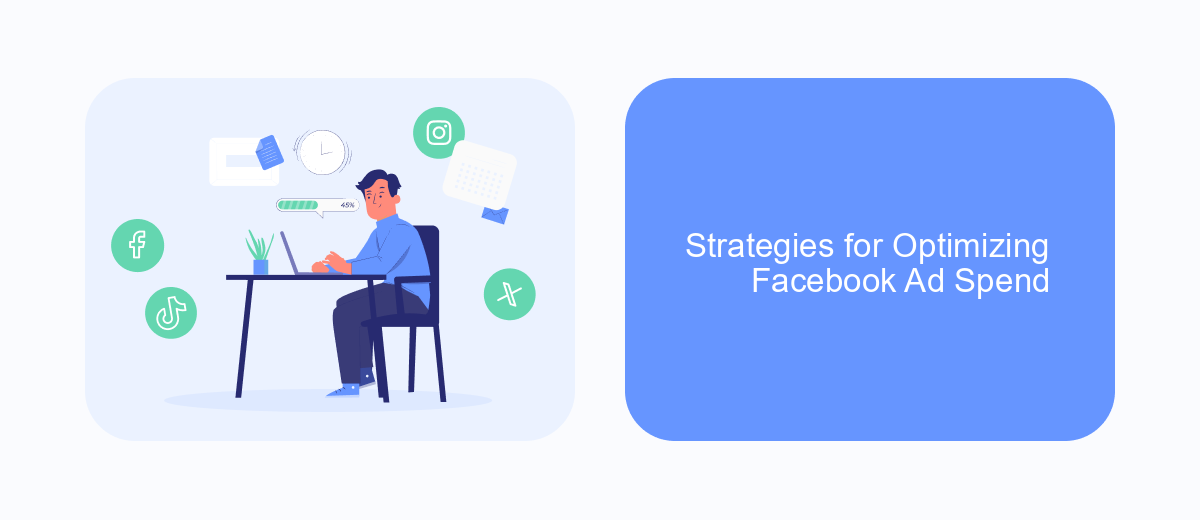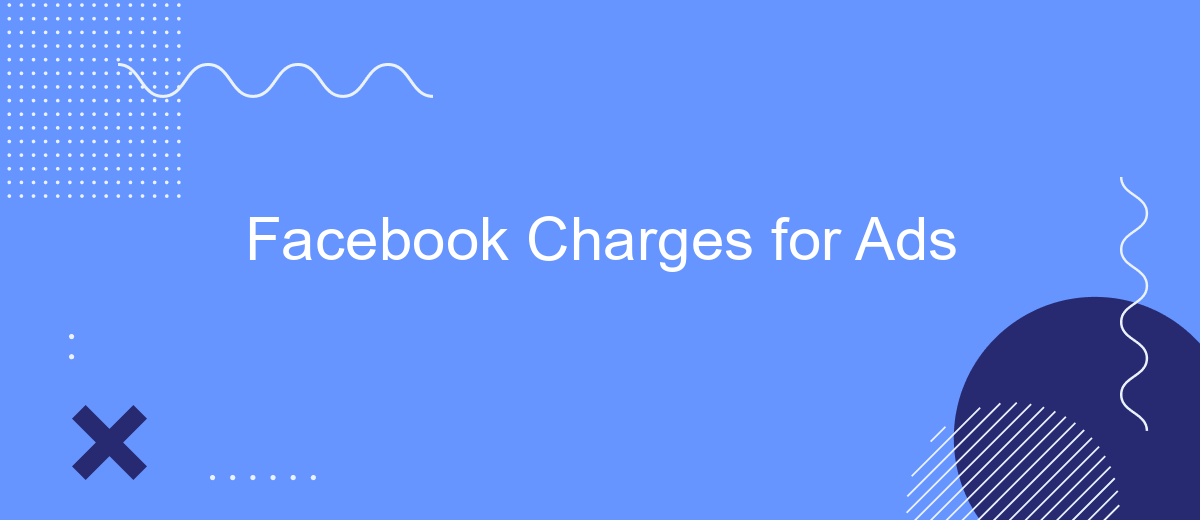In recent years, Facebook has become a dominant platform for digital advertising, offering businesses unparalleled access to a vast audience. As companies increasingly turn to social media to reach potential customers, understanding Facebook's ad charging structure is crucial. This article explores how Facebook calculates ad costs, the factors influencing these charges, and strategies businesses can employ to optimize their advertising budgets effectively.
Introduction: The Evolution of Facebook's Advertising Model
Since its inception in 2004, Facebook has transformed from a simple social networking site into a powerful advertising platform. Over the years, the company has continually refined its advertising model to keep pace with technological advancements and changing user expectations. This evolution has allowed businesses of all sizes to leverage Facebook's vast user base to reach their target audiences effectively.
- 2007: Introduction of Facebook Ads, allowing businesses to create targeted campaigns.
- 2012: Launch of Sponsored Stories, integrating ads into users' news feeds.
- 2013: Introduction of video ads, enhancing engagement through multimedia content.
- 2016: Expansion of ad formats, including carousel and canvas ads, offering more interactive experiences.
- 2018: Emphasis on privacy and transparency, with new tools for ad management and reporting.
Today, Facebook's advertising model is a sophisticated ecosystem that includes advanced targeting options, diverse ad formats, and robust analytics tools. This continuous evolution reflects Facebook's commitment to providing advertisers with the tools they need to connect with consumers in meaningful ways, while also adapting to the changing digital landscape. As a result, Facebook remains a dominant force in the digital advertising space, shaping the way brands engage with their audiences online.
Understanding Facebook's Ad Pricing Structure

Facebook's ad pricing structure is primarily based on an auction system where advertisers bid for ad placements. This means that the cost of Facebook ads can vary significantly depending on various factors such as the target audience, ad format, and competition. Advertisers can choose between different bidding strategies, including cost-per-click (CPC), cost-per-thousand-impressions (CPM), and cost-per-action (CPA), each offering unique advantages depending on campaign goals. The platform also provides detailed analytics and insights to help advertisers optimize their spending and achieve better results.
Understanding the intricacies of Facebook's ad pricing can be challenging, especially for newcomers. Tools like SaveMyLeads can simplify the process by automating lead data integration from Facebook ads to various CRM systems, enhancing efficiency and accuracy. By leveraging such services, businesses can focus more on refining their ad strategies and less on the technical aspects of data management. This allows advertisers to make informed decisions, ensuring they get the best return on their investment while navigating Facebook's dynamic ad environment.
Factors Influencing Facebook Ad Costs

When considering the costs of advertising on Facebook, it's essential to understand the various factors that can influence these expenses. Advertisers must navigate a dynamic environment where costs can fluctuate based on multiple elements. Understanding these factors can help businesses optimize their advertising budgets and achieve better returns on investment.
- Target Audience: The specificity and competitiveness of the audience you are targeting can significantly impact costs. Highly sought-after demographics often command higher prices.
- Ad Placement: Different placements, such as news feeds, stories, or sidebars, come with varying costs. Prime placements typically incur higher charges.
- Ad Quality and Relevance: Facebook prioritizes ads that are engaging and relevant to users, potentially lowering costs for high-quality ads.
- Time of Year: Certain times, such as holidays or major events, can drive up demand and costs for ad space.
- Bidding Strategy: The type of bidding strategy chosen, whether it's cost-per-click or cost-per-impression, also affects overall costs.
By understanding these factors, advertisers can make informed decisions about their Facebook ad campaigns. This knowledge allows for strategic adjustments that can lead to more effective advertising and optimized spending. Regularly reviewing and adapting to these factors ensures that businesses remain competitive in the ever-changing landscape of social media marketing.
Strategies for Optimizing Facebook Ad Spend

Effectively managing your Facebook ad spend requires a strategic approach to ensure maximum return on investment. By understanding your target audience and setting clear objectives, you can tailor your campaigns to achieve better results. Start by analyzing past performance data to identify what works and what doesn't.
Next, it's crucial to continuously test and refine your ads. A/B testing allows you to compare different versions of your ads to see which performs better. This iterative process helps in optimizing ad creatives, headlines, and calls to action, ensuring that your budget is spent efficiently.
- Define your target audience with precision to avoid wastage.
- Set a realistic budget and bid strategy based on your goals.
- Utilize Facebook's ad scheduling to reach your audience at optimal times.
Finally, monitoring your ad performance is essential for ongoing optimization. Use Facebook's analytics tools to track key metrics such as click-through rates, conversions, and cost per acquisition. Regularly reviewing these metrics will help you adjust your strategy and allocate your budget more effectively, ensuring sustained ad success.
The Future of Paid Advertising on Facebook
The landscape of paid advertising on Facebook is poised for significant evolution as the platform continues to adapt to changing user behaviors and technological advancements. With the increasing importance of personalized content, advertisers will need to leverage Facebook's sophisticated targeting tools to reach their desired audiences more effectively. This means a greater emphasis on data-driven strategies and creative content that resonates with users on a personal level. As privacy concerns grow, Facebook is also likely to enhance its privacy features, requiring advertisers to be more transparent and innovative in their approach.
Moreover, the integration of automation and AI will play a crucial role in shaping the future of Facebook advertising. Tools like SaveMyLeads can streamline the process of managing and optimizing ad campaigns by automating lead data transfers and integrating with various CRM systems. This allows businesses to focus more on strategy and creative content, rather than manual data handling. As Facebook continues to expand its advertising solutions, staying ahead of these technological trends will be essential for businesses aiming to maximize their return on investment in the digital advertising space.
FAQ
How does Facebook determine the cost of ads?
Why was I charged more than my budget for Facebook ads?
How can I automate my Facebook ad campaigns?
What should I do if I notice unauthorized charges on my Facebook ad account?
How can I optimize my Facebook ad spending?
If you use Facebook Lead Ads, then you should know what it means to regularly download CSV files and transfer data to various support services. How many times a day do you check for new leads in your ad account? How often do you transfer data to a CRM system, task manager, email service or Google Sheets? Try using the SaveMyLeads online connector. This is a no-code tool with which anyone can set up integrations for Facebook. Spend just a few minutes and you will receive real-time notifications in the messenger about new leads. Another 5-10 minutes of work in SML, and the data from the FB advertising account will be automatically transferred to the CRM system or Email service. The SaveMyLeads system will do the routine work for you, and you will surely like it.
